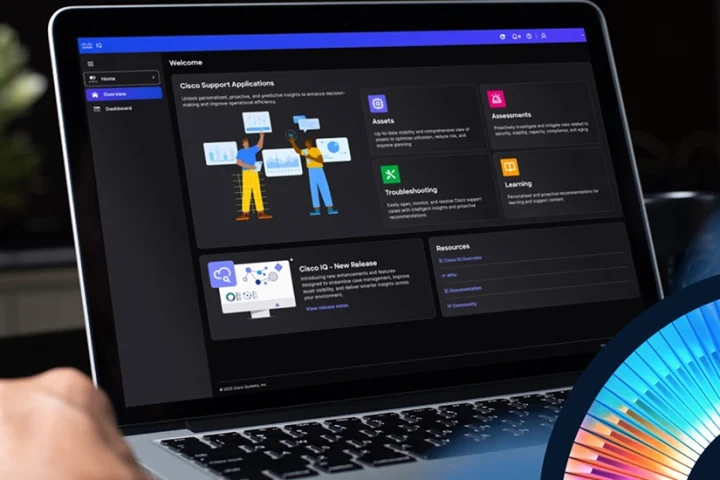In 2021, Palo Alto Networks announced innovations to Prisma Cloud, increasing automation and detecting for hosts, simplifying compliance checks, and deepening visibility into malware threats. In addition, Palo Alto Networks announced the industry’s first cloud native attack dashboard that expands the MITRE ATTandCK framework and Unmanaged Cloud integration for Prisma Cloud and Cortex Xpanse. With Cortex Xpanse, organisations can more accurately recognise their unknown cloud assets, allowing a stronger cloud security overall.
There was an average of 1,767 high-risk or malicious COVID-19-themed domain names being created every day in 2020
While the process is still the same, the environment and security has changed. In 2021, businesses are planning for the next stage of cloud to gain the real advantages of agility, but security teams are still fixing the issues of the first quick shift. The continuous migration at this pace will lead to security gaps, with an increase in cloud security incidents, at least for a while. Organisations will not have the luxury of putting off a cloud-centric cybersecurity strategy – and those that have had a cloud-first strategy are moving to a cloud-only strategy.
According to Palo Alto Networks’ threat intelligence team, Unit 42, there was an average of 1,767 high-risk or malicious COVID-19-themed domain names being created every day in 2020.
While the process is still the same, the environment and security has changed
In the past 12 months, there has been a rise of non-business or IoT devices coming into networks, from smart home devices, doorbells, TVs, digital assistants to connected teddy bears to medical devices and electric vehicles. All of this means the end device and those things around it become bigger risks of access into a business’s critical systems and information.
Digital transformation has become an integral part of organisations, which has been further accelerated with the onset of the pandemic. It is best for CISOs to understand the business and current trends, manage risk and learn how to deprioritise. Boards also want CISOs to see the bigger picture of their organisations and work towards continuous improvement to further benefit the business.
Continuous migration at this pace will lead to security gaps, with an increase in cloud security incidents
Digital transformation is not only changing the ways companies operate and interact with customers, but it has also changed the boards’ perception of CISOs and IT heads. The board now views CISOs, CIOs and IT heads along with the wider team, as an important asset to organisations when it comes to strategic planning and decision-making. CISOs along with the wider team need to continue pitching the possibilities for technology such as cloud computing and AI to help create new services, improve efficiency and grow the business.
Organisations will not have the luxury of putting off a cloud-centric cybersecurity strategy
Palo Alto Networks has recently added Bridgecrew by Prisma Cloud to the Multi-Cloud Drift Detection which will help the vendors users in the next couple of months to identify and flag discrepancies between how cloud resources were defined in infrastructure as code IaC and how they are currently configured in runtime.
In the next 24 months, the world will continue adapting to three key themes: faster connectivity speeds and further convergence of security and network-as-a-service Secure Access Service Edge; organisations will see the value of moving from lift-and-shift approaches to the cloud to full native and multi-cloud solutions; the vendors workforce will look for more flexible and secure ways of working from anywhere.
Leveraging a single integrated platform that can consolidate solutions for each of these use-cases will be key for organisations. This consolidation will not only help bring back visibility, control and compliance, but also the ability to use a single interface for managing cloud workloads, native applications, and DevSecOps integrations.
Businesses are planning for the next stage of cloud to gain advantages of agility, but security teams are still fixing issues of the first quick shift.

























